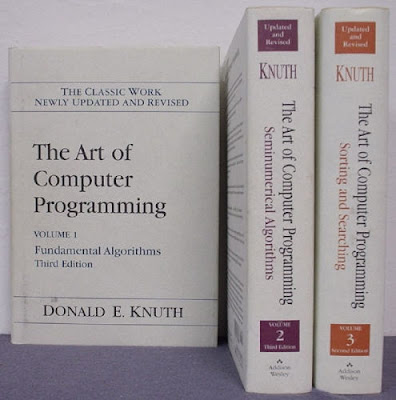
I baugh the book more than one year ago. Due to busy development work and other stuff to learn, I have not read it. Now it is time for me to read this great book. I will write notes when reading it.
xxx/yyyK
import java.io.PrintStream;
public class Print {
public static void main(String[] args) {
PrintStream ps = System.out;
ps.print("100");
sleep2s();
ps.print("\r200");
sleep2s();
ps.print("\r300");
}
private static void sleep2s() {
try {
Thread.sleep(2 * 2000);
} catch (InterruptedException ie) {
throw new RuntimeException(ie);
}
}
}
1. Close Firefox.
2. Navigate to my Firefox profile folder.
3. Delete the mimetypes.rdf file.
4. Restart Firefox.
# [v1]
K11=v1
K12=v1
K13=v1
# [v2]
K21=v2
K22=v2
K23=v2
# [v2]
K31=v3
K32=v3
K33=v3
# [v1]
K11,K12,K13 = v1
# [v2]
K21, K22, K23 = v2
# [v2]
K31, K32, K33 = v3
#lang scheme
(define (find-value k)
(let* ([ks2v '(
; multi-key to one-value mappings
((K11 K12 K13) V1)
((K21 K22 K23 K24) V2)
((K31 K32 K33 K34) V3)
)]
[contain? (lambda (k keys)
(let ([equal2k? (lambda (a) (equal? k a))])
(ormap equal2k? keys)))]
[k2v (lambda (pair)
(if (contain? k (car pair))
(cadr pair)
#f))])
(ormap k2v ks2v)))
tidy -q --char-encoding raw -indent --show-warnings n --tidy-mark n -w 80
xmllint --encode UTF-8 --format